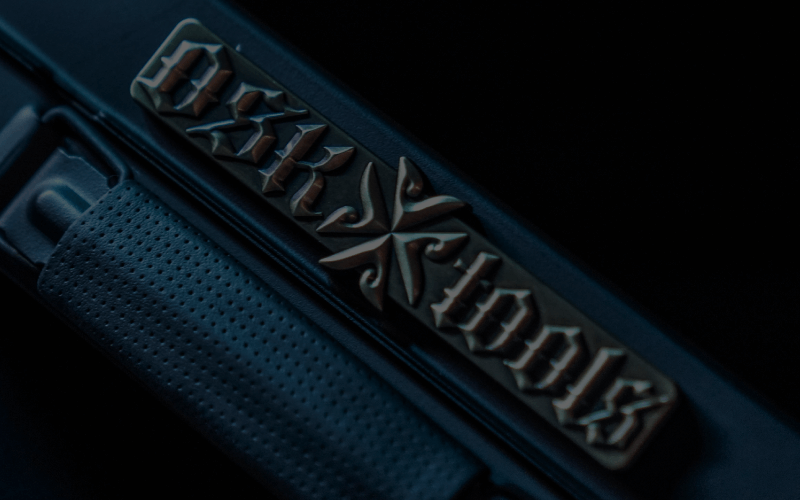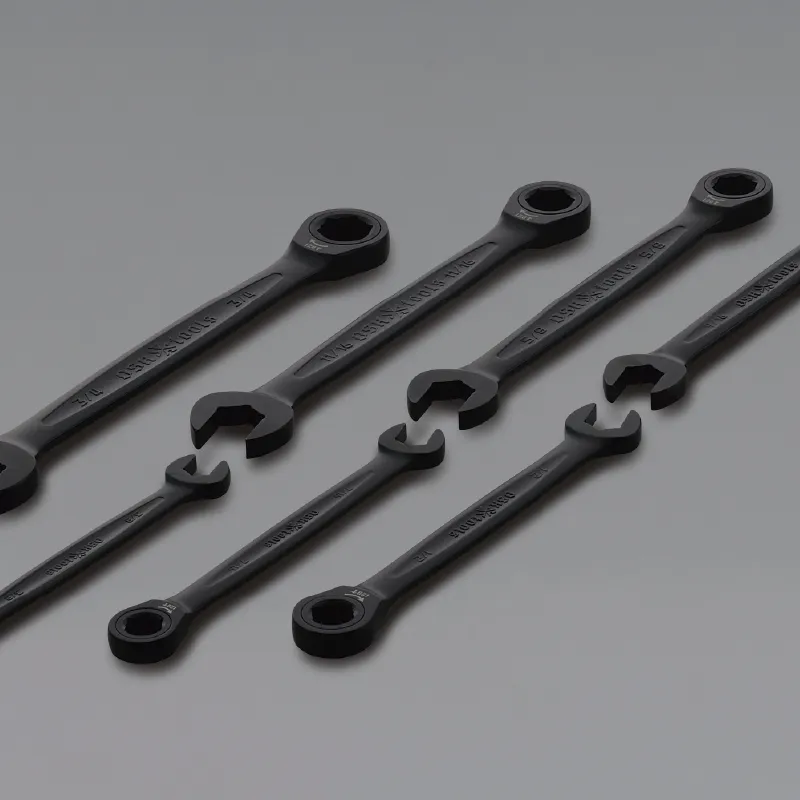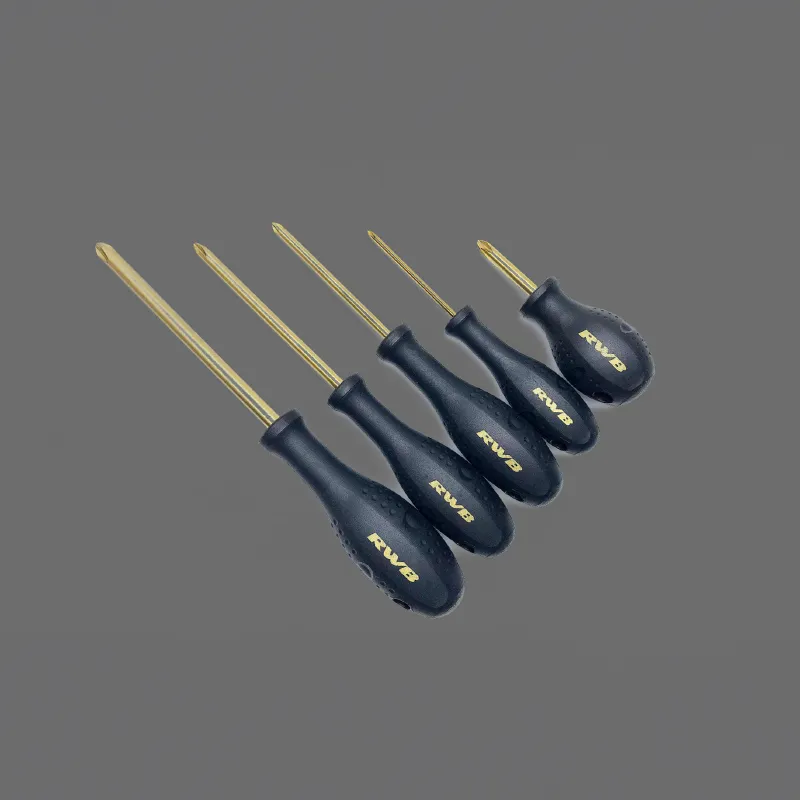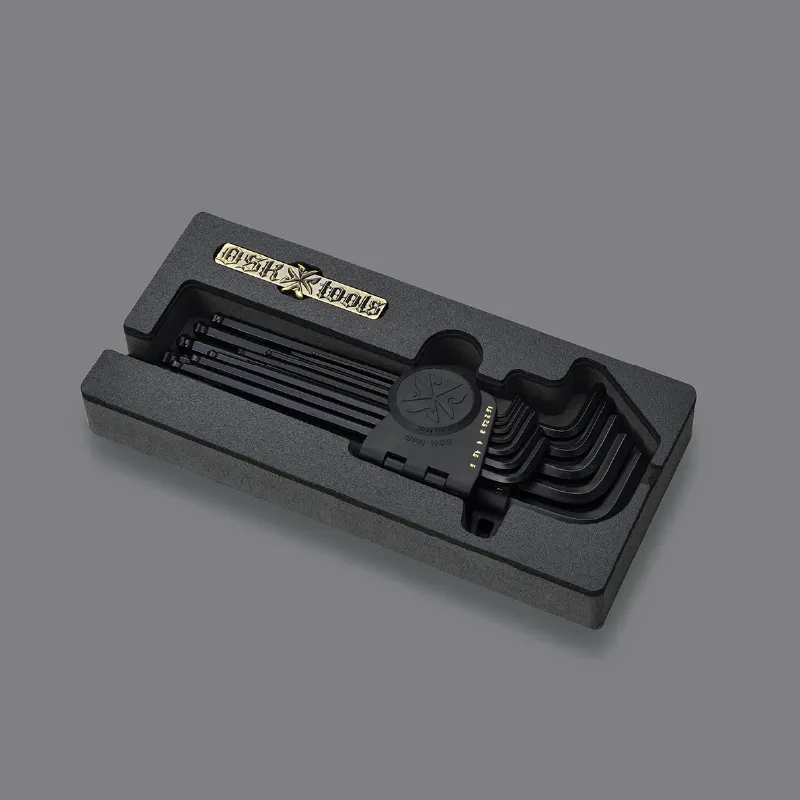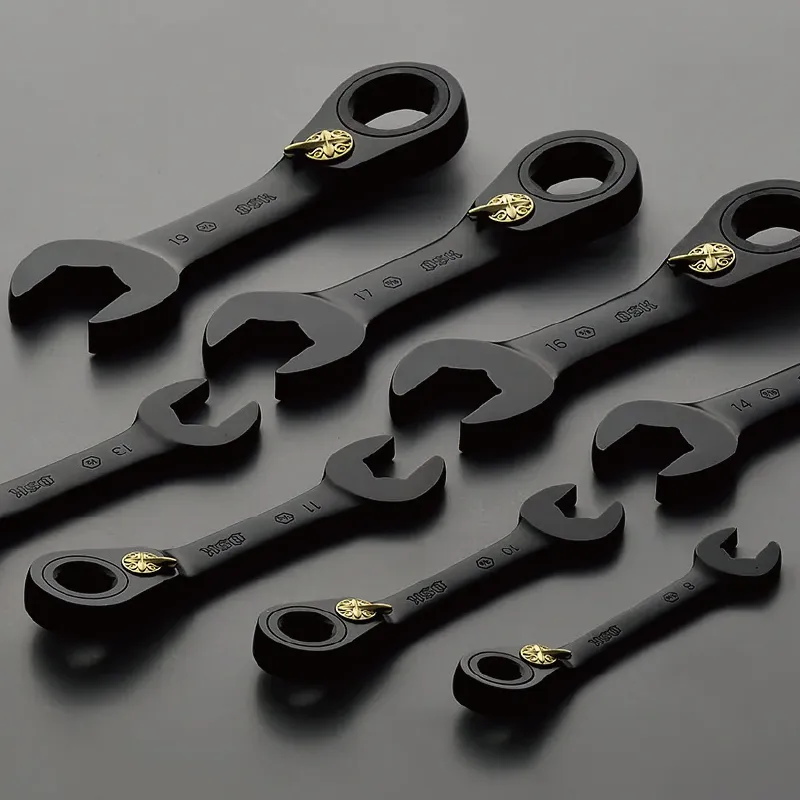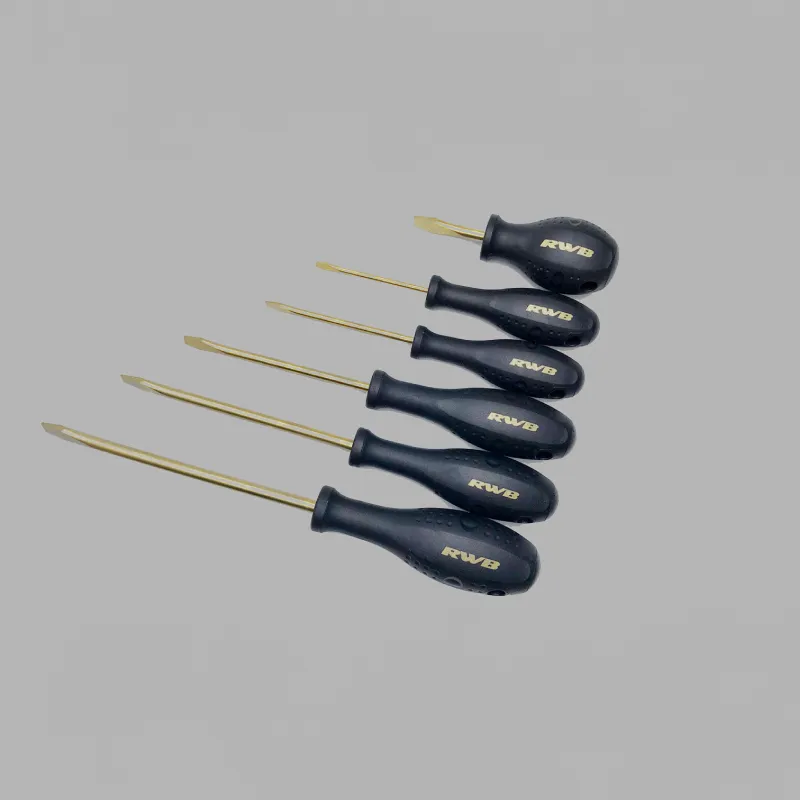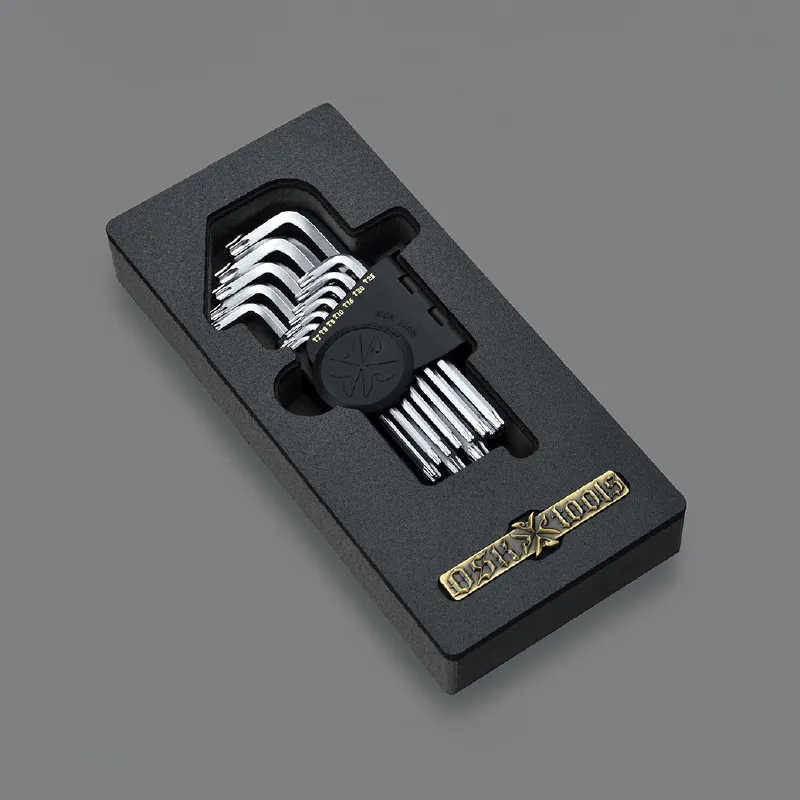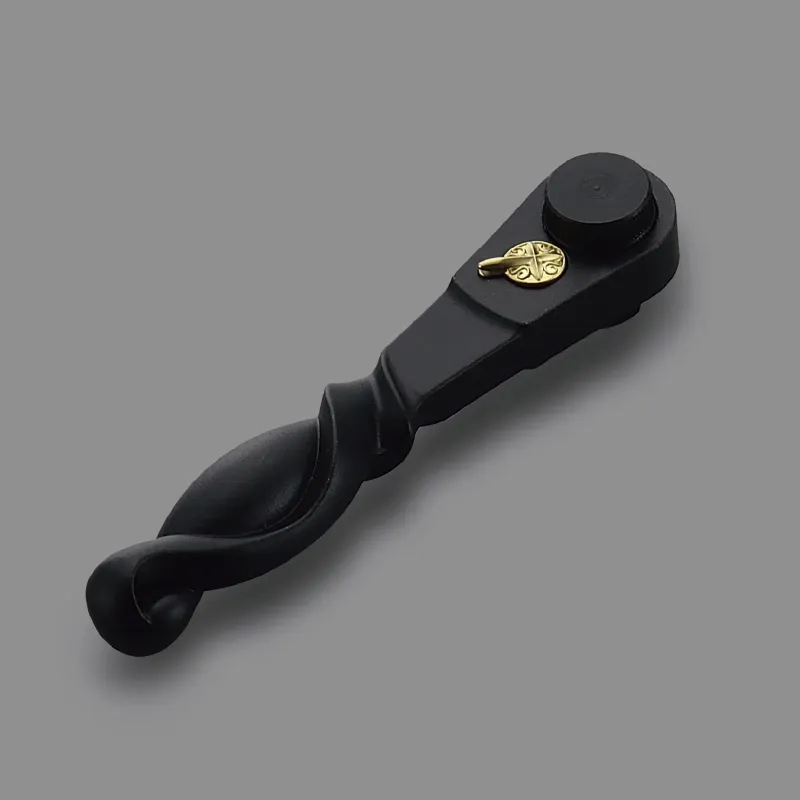
In the toolbox, the ratcheting wrench stands as an indispensable tool, designed to efficiently tackle a variety of bolts and nuts. However, it's worth noting that there are various types of ratcheting wrenches available in the market, each possessing unique features and applications. From open-end to box-end, combination to adjustable, these diverse types of ratcheting wrenches offer users a range of choices to meet different job requirements. In this exploration, we will delve into some common types of ratcheting wrenches, aiming to better understand their functionalities and applications.
Table of Contents (Click to read this paragraph)
- What are the different types of ratcheting wrenches? A guide to 5 distinct types▼
- OSK Hand Tools Recommends Diverse Ratcheting Wrenches and Maintenance Tools for Customized Selections▼
What are the different types of ratcheting wrenches? A guide to 5 distinct types
What are the different types of ratcheting wrenches? A guide to 5 distinct types" sparks curiosity about the diverse world of these essential tools. Ratcheting wrenches play a pivotal role in the toolkit, offering efficiency in dealing with various bolts and nuts. This guide aims to shed light on the nuances of ratcheting wrenches, exploring five distinct types that cater to different needs and applications. Whether you're a DIY enthusiast or a professional tradesperson, understanding these variations opens a gateway to enhanced precision and effectiveness in your mechanical endeavors. Let's delve into the realm of ratcheting wrenches and unravel the unique features that set each type apart.
1.Ratchet drive size
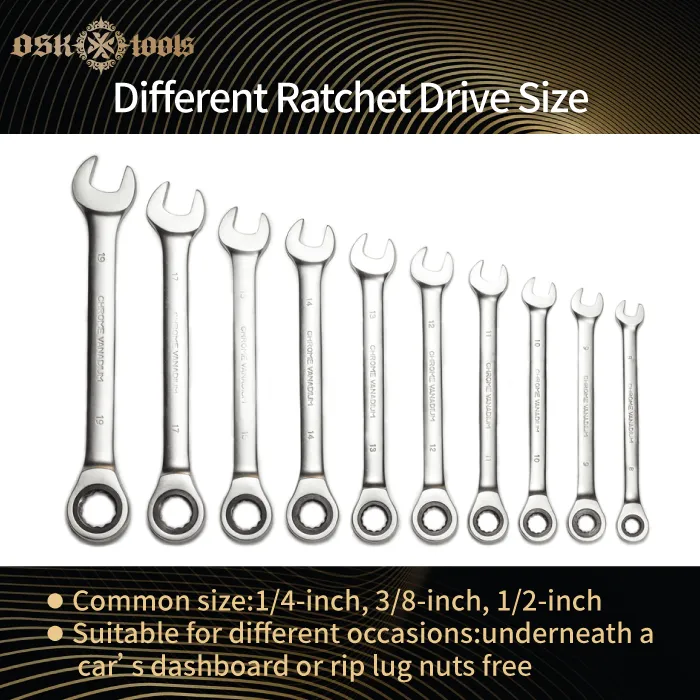
Ratcheting wrenches are versatile tools designed for efficient tightening or loosening of bolts and nuts. Here's a professional introduction to ratcheting wrenches with different ratchet drive sizes, providing a deeper understanding of the features of these specialized tools:
- 1/4-Inch Ratcheting Wrench:Ideal for smaller bolts and nuts, this size offers precise control and operation. Commonly used in the maintenance of precision machinery and electronic equipment.
- 3/8-Inch Ratcheting Wrench:With a medium-sized 3/8-inch drive, this wrench finds widespread use in home repairs and automotive maintenance. The size provides additional leverage, suitable for general bolt applications.
- 3/4-Inch Ratcheting Wrench:The 1/2-inch ratcheting wrench is a versatile tool suitable for most automotive and mechanical applications. Its powerful torque output makes it an ideal choice for handling larger bolts and nuts.
Further reading:3 Point tell you what is the difference between an open-ended and a closed-ended ratcheting wrench
2.Ratchet head style
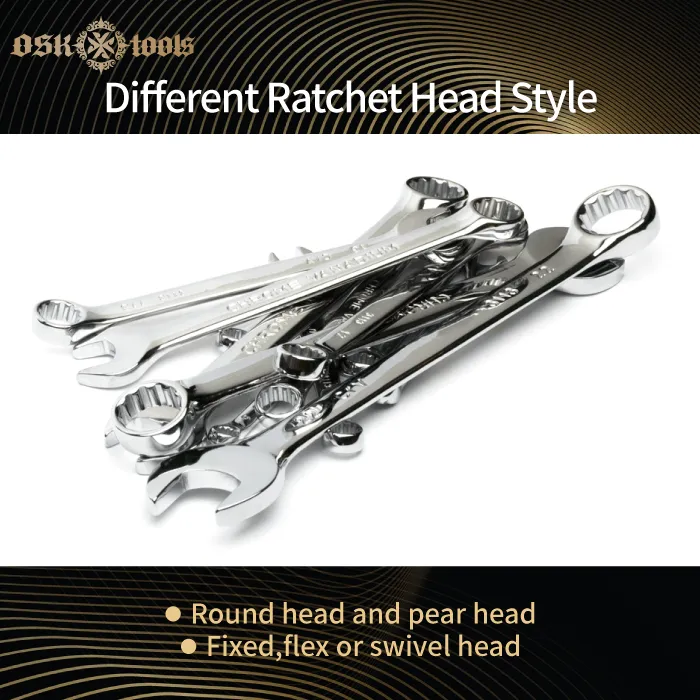
In the design of ratcheting wrenches, the style of the ratchet head is crucial for flexibility and efficiency in various tasks. Here are some common styles of ratchet heads:
Round Head
The design of a round head ratchet wrench provides a broader contact surface, making it more versatile when dealing with different shapes and sizes of bolts and nuts. This design helps distribute torque, reducing the risk of damaging threads.
Pear Head
Pear head ratchet wrenches excel in narrow spaces, with their smaller heads making them easier to position in limited work areas. This design is particularly suitable for applications that reFixed Headquire high maneuverability.
Fixed Head
Fixed head ratchet wrenches have a stationary angle, typically 90 degrees, providing a stable operating platform. This design is suitable for tasks that require a defined angle and force.
Swivel Head
Swivel head ratchet wrenches allow the head to rotate on multiple axes, providing additional operating angles. This design is particularly useful for handling challenging tasks, such as working on irregularly shaped workpieces.
Further reading:3 Guides of Using Ratchet Wrench Sets for Precision Fastening
3.Ratchet tooth count
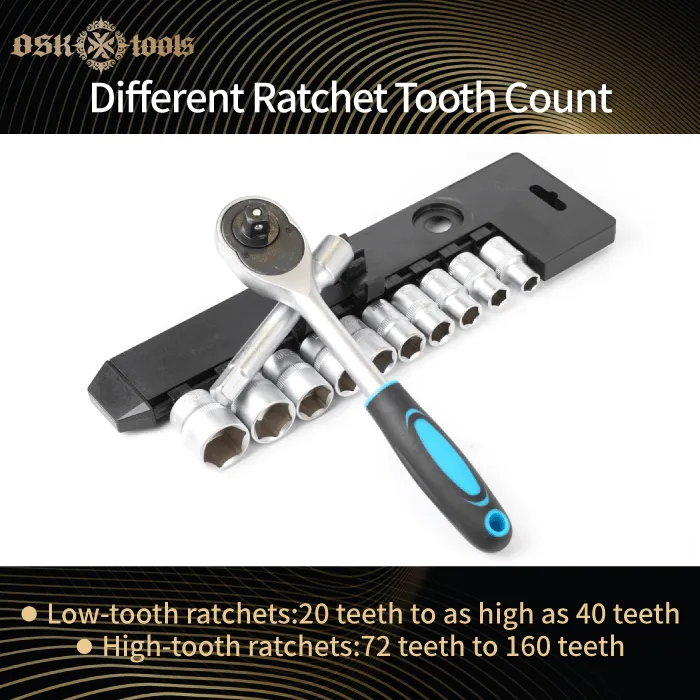
The number of teeth on the ratchet is a critical characteristic of ratcheting wrenches, directly impacting torque, operational smoothness, and efficiency. A higher tooth count in a ratcheting wrench generally implies higher resolution and finer control but may also introduce increased resistance during operation. Conversely, a lower tooth count might provide higher torque output but could exhibit larger angular gaps during operation.
When selecting a ratcheting wrench, consideration of the tooth count should align with specific application requirements. Tasks demanding finer control, such as precision mechanical assembly, may benefit from ratcheting wrenches with a higher tooth count. However, for applications requiring greater torque, a design with fewer teeth might be favored to provide higher torque output.
Furthermore, some advanced ratcheting wrenches may feature mechanisms allowing users to adjust the tooth count, offering greater flexibility based on specific job demands.
In summary, a thorough understanding of the impact of different tooth counts in ratcheting wrenches aids in choosing the most suitable tool for specific job requirements, optimizing performance and effectiveness during operations.
4.Release type
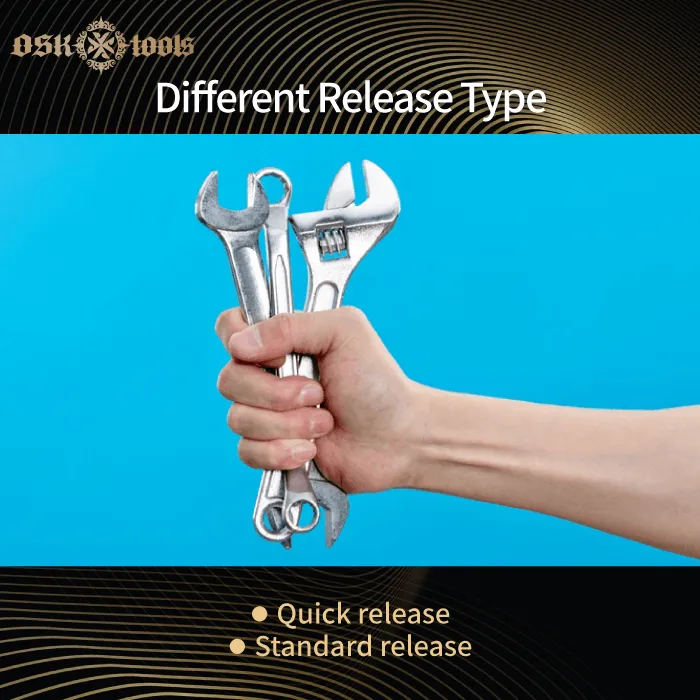
The release mechanism of a ratcheting wrench significantly influences user efficiency and convenience during operation. Here are professional descriptions of two common release mechanisms:
Quick Release
Quick release is a more modern and convenient release mechanism. Usually achieved with a single gesture, users can swiftly and effortlessly disengage the ratcheting wrench from the workpiece without the need for additional button operations. This design aims to enhance operational speed, especially suitable for applications that require rapid tool switching or high-frequency operations.
Standard Release
Standard release is a traditional release mechanism, typically requiring users to manually press or rotate the release button or ring on the ratcheting wrench to disengage it from a bolt or nut. While providing greater control over the release timing, this method may be somewhat less convenient when prioritizing speed and operational efficiency.
5.Ratchet handle length
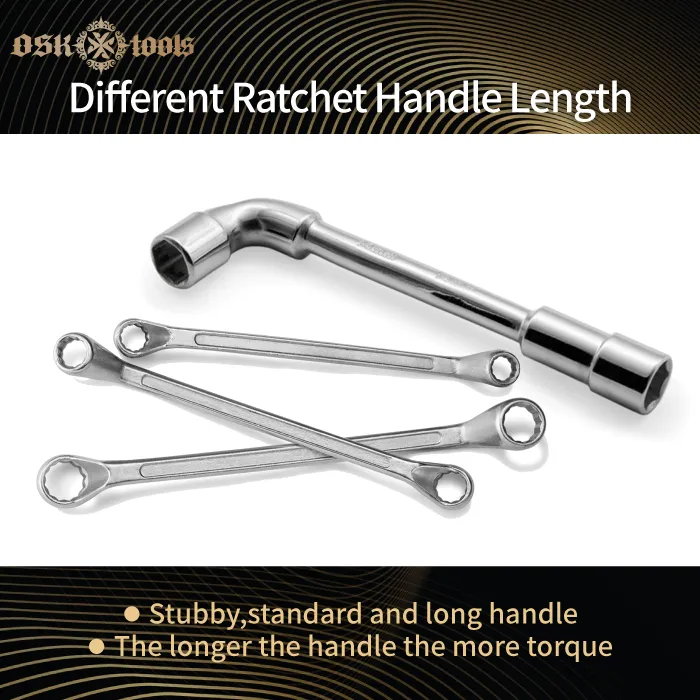
The handle length is a crucial factor influencing the comfort of operation and adaptability to different work scenarios for ratcheting wrenches. Here's a professional description of the differences in handle lengths:
Handle length directly affects the leverage and user's moment arm, playing a critical role in applying torque and handling tasks with higher resistance. Longer handles typically provide greater leverage, making it easier to generate the required twisting torque when loosening or tightening bolts. However, longer handles may face limitations in narrow spaces, making them challenging to operate.
On the other hand, shorter handles may be more suitable for confined work areas as they offer greater maneuverability, allowing users to operate with ease in limited spaces. However, shorter handles may exhibit limitations in applications requiring higher torque, as they cannot provide a leverage effect similar to longer handles.
When choosing handle length, users should assess the specific requirements of the application, striking a balance between the comfort of operation and the torque requirements.
OSK Hand Tools Recommends Diverse Ratcheting Wrenches and Maintenance Tools for Customized Selections
Through this article, we aim to provide you with a better understanding of the various types of ratcheting wrenches. For enthusiasts who enjoy modifying cars or performing DIY equipment maintenance, owning a set of ratcheting wrenches and choosing OSK black chrome-coated tools that have passed the 96-hour salt spray test is an excellent choice. This selection helps prevent fingerprints and slipping, enhancing the efficiency of your repair and manufacturing work. We recommend the OSK tool brand for ratcheting wrenches, making OSK hand tools a reliable companion to boost your productivity.
Released on 2023-12-01|Last updated on 2023-12-20 | 6307
OSK Tools-Wrench Brand
Phone: +1 949 372 2831(Click to call)
Facebook:OSK Tools(Click to visit)
FB Messenger:OSK Tools(Click to DM)
Service Time: 09:00-18:00 on weekdays


